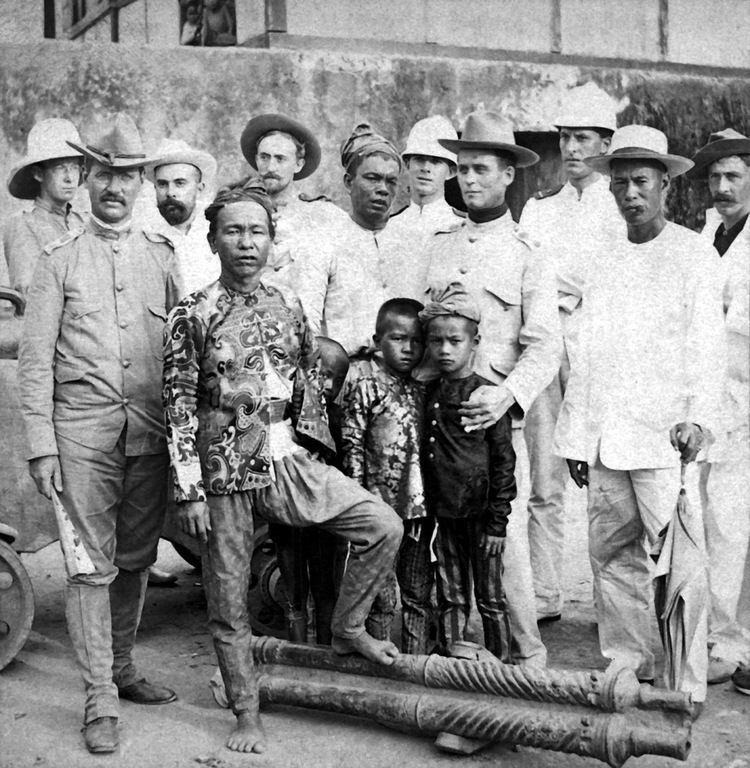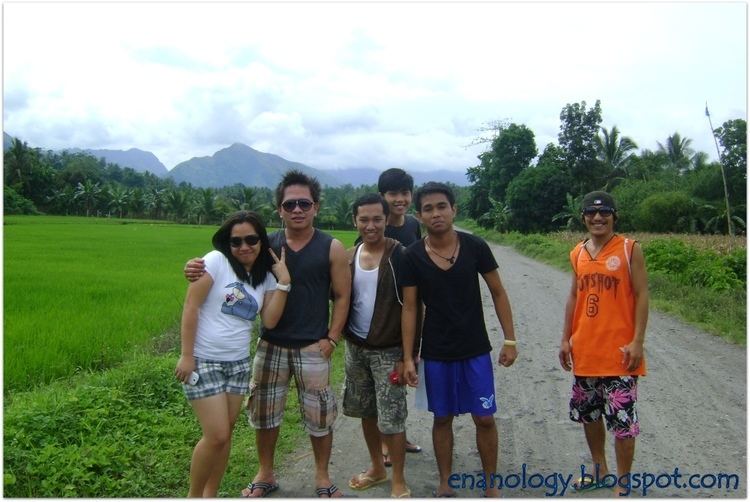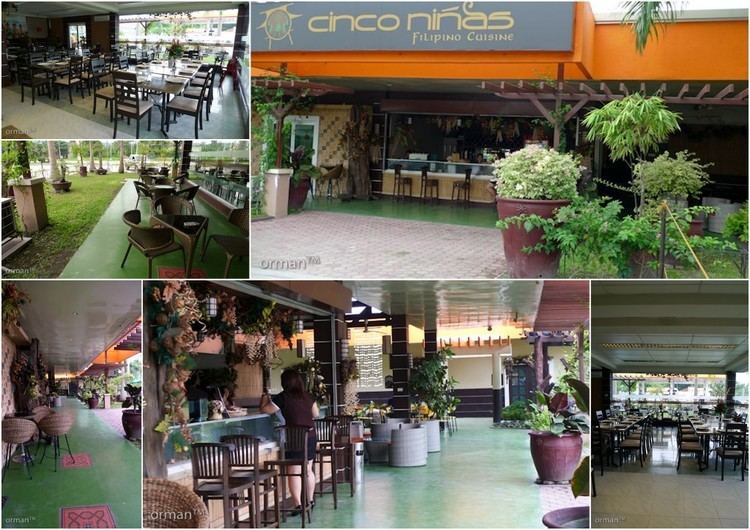Country Area 277.00 km2 Mayor Peter B. Miguel | Population 149,622 (2007) Region SOCCSKSARGEN Founded August 18, 1947 | |
 | ||
District 2nd District of South Cotabato | ||
Map of Koronadal
Koronadal City (Hiligaynon: Dakbanwa/Syudad sang Koronadal; Cebuano: Dakbayan sa Koronadal; Filipino: Lungsod ng Koronadal) and popularly known as Marbel, is 3rd-class component city in the Philippines. It is the capital of the province of South Cotabato and regional administrative center of SOCCSKSARGEN (Region XII). According to the 2015 census, it has a population of 174,942.
Contents
- Map of Koronadal
- What makes koronadal kanami piliin mo ang pilipinas
- Lyka pension house koronadal city 3rd of 3 parts5 15 11
- History
- Barangays
- Blaan culture
- Catholic culture
- Muslim culture
- Events
- Festivals
- Shopping malls
- Medical facilities
- Churches
- Education
- Notable people from Koronadal
- Sister cities
- References

Koronadal became a component city of South Cotabato by virtue of Republic Act 8803 dated October 8, 2000. In 2003 and 2005 the city was recognized as "Most Competitive City" in the small-city category, and in 2005 and 2006 as the most business friendly city in Mindanao.

Koronadal City is one of the cities in Mindanao whose citizens are Hiligaynon speakers. 95% of the city's population is from the Hiligaynon ethnic group from the Visayas, the other city is Tacurong City in Sultan Kudarat.

What makes koronadal kanami piliin mo ang pilipinas
Lyka pension house koronadal city 3rd of 3 parts5 15 11
History
The settlement of Koronadal and its creation as a municipality by virtue of Executive Order No. #82 dated August 18, 1947 was marked by a rapid initial development, so that when the province of South Cotabato was created under Republic Act No. 4849 on July 18, 1966, it easily became the capital town. In the past, the place was populated by Blaan people and Maguindanaos. The word Koronadal is believed to have been derived from two Blaan words- kalon meaning cogon grass, and nadal or datal meaning plain, which aptly described the place to the natives. On the other hand, Marbel, which is another name for the poblacion, is a B'laan term marb-el which means "murky waters" referring to a river, now called the Marbel River.
Koronadal City used to comprise the area extending from the banks of Buluan Lake to the north to Barangay Polonoling in the municipality of Tupi, South Cotabato to the south from Quezon mountain range to the northeast to the municipality of T'boli, South Cotabato to the southeast.
It was on August 18, 1947 when President Manuel Roxas signed the Executive Order creating the municipalities in the entire province of Cotabato, one of which was Marbel (now Koronadal). The same executive order likewise mandated the official function of the municipal government which began after the qualification and election of the first set of municipal officials.
The municipal government of Koronadal began its official function on January 1, 1948 with an approved Annual Estimated Budget of P30,000.00. The land area of the municipality by then was comparable with the Province of Bata-an embracing the present municipalities of Tampakan, Tupi, Banga, Lake Sebu, Surallah, T'boli, South Cotabato, Sto. Niño, Norala, and Isulan.
Municipal Council Resolution No. 32, Series of 1948 mandated and proclaimed January 10 of each year as the Municipal Town Fiesta commemorating the foundation of Marbel Settlement District of the National Land Settlement.
Koronadal was converted into a component city of South Cotabato, now officially known as the City of Koronadal by virtue of Republic Act 8803 on October 8, 2000. At present, Koronadal City is a fast developing growth center composed of twenty seven (27) barangays including the four (4) zones in the poblacion. Being the capital city of South Cotabato, it is the center of the province in terms of political, cultural and socio-economic activities.
By virtue of Executive Order No. 304 signed by then President Gloria Macapagal-Arroyo, Koronadal City was named as the Regional political and socio-economic center of SOCCSKSARGEN on March 30, 2004. Regional departments, bureaus and offices were ordered to move from Cotabato City, the former Regional Center of the Region.
Barangays
Koronadal City is politically subdivided into twenty-seven Barangays with four zones in the Poblacion area. Eight of which are on the Urban area while the remaining nineteen are located on the Rural area.
B'laan culture
The B'laan people are one of the indigenous peoples of the Southern Philippine island of Mindanao. Another tribe called the Maguindanao also inhabits the same area. The two tribes consider themselves to be brothers and sisters. Long ago, an Arab male (ancestral brother) married a B'laan female (ancestral sister) and through this marriage union, Islam infiltrated Southern Mindanao so that when the Spaniards arrived, their attempts to establish Catholicism were unsuccessful in the south. Eventually the B'laan and the Maguindanao became trade partners with the B'laan settling in the mountains and the Maguindanao settling along the coastal areas. From that time until now, the B'laans have been producing rice, vegetables, livestock, and rainforest products. The original religion of the B'laan is Animist. Presently, only 5% of the 8,000 B'laan tribal people are considered to be evangelical.
Catholic culture
The Catholic Filipinos make up the great majority (over 70%) of the Southern Philippine population. They are relatively newcomers to the area; the first wave of Christian migrants came in the seventeenth century when the Spaniards sought to populate Zamboanga, Jolo, Dapitan and other areas by encouraging people from Luzon and the Visayas to settle there. In the nineteenth century Spanish policy found considerable success in encouraging migrations to Iligan and Cotabato.
The Americans continued this pattern during their colonial administration. In 1913 the American colonial government provided resources for the establishment of agricultural colonies in Mindanao. By the time the Philippine Commonwealth was established, Mindanao had become a veritable frontier. Wave upon wave of migrants poured into the region, chief among them the Hiligaynons, Cebuanos, Ilocanos, Tagalogs, Warays, Kapampangans, Pangasinenses, Aklanons and Bicolanos. These people did much to clear the virgin areas of Mindanao and open them to extensive agriculture and industry.
Muslim culture
The cultural diversity of the region is the result of a large influx of migrants from the north over a long period of the region's history. Found here are three main cultural groups: the early Filipinos who belong to various indigenous tribes living in the highlands and remote areas of Mindanao, the Muslim Filipinos who were early converts to Islam and who regard the region as their traditional homeland, and the Catholic Filipinos who founded settlements and communities in the course of their migrations from other parts of the country.
Events
Koronadal also hosted an international activity called Pyesta Kalon Datal: Koronadal International Folkloric Festival in coordination with Conseil international des organisations de festivals de folklore et d'arts traditionnels or International Council of Organizations of Folklore Festivals and Folk Art (CIOFF) on August 10 to 18, 2015 and several national activities such as the Palarong Pambansa in 1996 with General Santos and solo in 2007, Mindanao Business Forum, and National Schools Press Conference. On June 12, 2009, President Gloria Macapagal-Arroyo together with Defense Secretary Gibo Teodoro celebrated the 111th Independence Day in the city, which marks a significant and historic event in the history of Koronadal.
Festivals
Shopping malls
Koronadal City is the shopping capital of the South Cotabato, nearby towns of South Cotabato and Sultan Kudarat visit the city to do shopping and commercial activities. There are several huge shopping malls in the city, notable ones are KCC Mall of Marbel, Ace Centerpoint, Gaisano Grand Mall Koronadal, Unitop Koronadal, and the newest addition to the city which is CityMall Koronadal located at Brgy. Zone 4 beside Dr. Arturo Pingoy Memorial Hospital. There are also news about building a Robinsons Mall in Brgy. Sto Nino infront of Bombo Radyo Koronadal, yet we still need an official release from the company. These malls are home to national brands of retail merchandises as well as restaurants and cafes. There are many merchandise and large groceries owned by local and foreign Chinese, Taiwanese and Korean businessmen in the city.
Medical facilities
Health Facilities in Koronadal are also widely distributed to all Marbeleños. Below is the list of the hospitals located in the City of Koronadal.
Churches
Education
Education in Koronadal is widely distributed to all Koronadaleños. As of for the school year 2009-2010, there are 95 primary and elementary schools in the city, both in public and private schools; while there are 17 secondary schools, both in public and private schools.
There are two universities in the city:
While other colleges are also vibrant in the education business. The list below shows the tertiary level schools present in the city:
The list below shows some prominent secondary and elementary schools present in the city:
Koronadal is also home to one seminary, the Our Lady of Perpetual Help Seminary or locally known as OLPHS.
